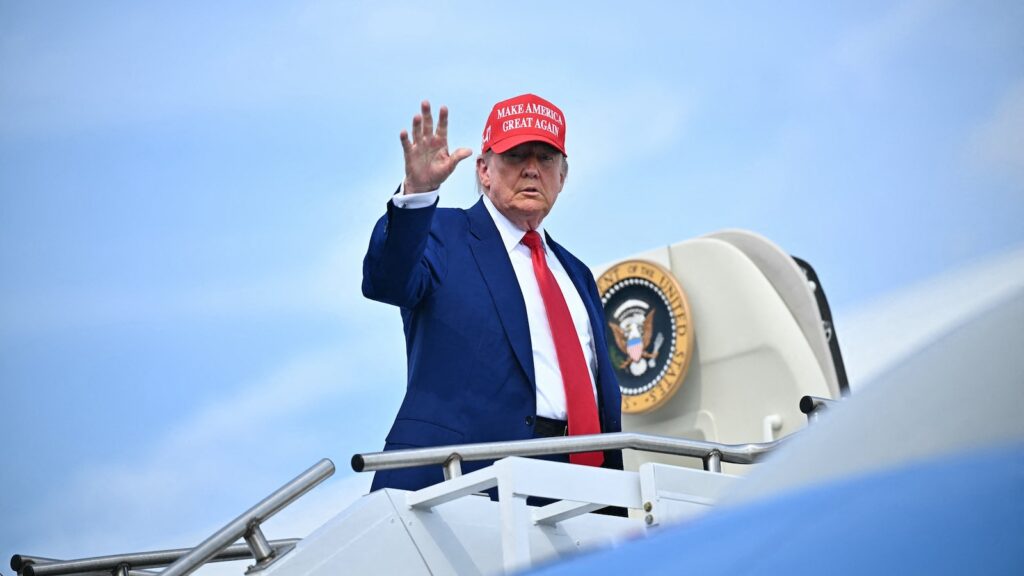
THE HAGUE, Netherlands – President Donald Trump departed for the NATO summit on Tuesday, facing European allies for the first time since his controversial decision to launch strikes on Iranian nuclear sites. The summit comes just days after a fragile ceasefire between Israel and Iran was called into question.
Immediate Impact of Recent Strikes
The announcement of Trump’s attendance at the NATO summit follows a weekend of heightened tensions in the Middle East. On the eve of his departure, Iran retaliated with missile strikes on a U.S. base in Qatar, prompting a swift response from the White House.
“I am pleased to report that NO Americans were harmed, and hardly any damage was done,” Trump stated on social media, highlighting the interception of 13 missiles.
Despite the ceasefire agreement, Trump expressed dissatisfaction with both Israel and Iran, accusing them of violating the terms within hours of its implementation.
Key Details Emerge from Ceasefire Violations
In an interview with ABC News, Trump criticized Israel’s actions, stating, “Israel, as soon as we made the deal, they came out and dropped a boat load of bombs the likes of which I’ve never seen before.”
He further condemned Iran, suggesting that a rocket fired by mistake should not have provoked such a response from Israel.
By the Numbers: Missile Interception
- 13 missiles intercepted by U.S. defense systems
- 1 missile went off target
Summit Agenda and Strategic Priorities
As Trump arrives in the Netherlands, the summit’s agenda will include formal dinners and bilateral meetings. A key priority for Trump is urging NATO members to increase defense spending from 2% to 5% of their GDP, a longstanding issue for his administration.
Trump’s push for increased spending has met resistance, notably from Spain, which has negotiated to contribute only 2.1% of its GDP.
What Comes Next for NATO
Trump’s participation in the summit marks his first since returning to the presidency. His presence is expected to influence discussions on defense spending and industrial capacities for critical minerals and weapons.
“This is a War that could have gone on for years, and destroyed the entire Middle East, but it didn’t, and never will!” Trump asserted.
Background Context and Historical Tensions
The NATO summit occurs against the backdrop of ongoing tensions in Ukraine, where Russian aggression has persisted for over three years. Trump’s criticism of NATO’s spending policies dates back to the 2017 summit, where he accused European nations of not contributing their “fair share.”
Recent meetings at the White House have set the stage for this summit, with many leaders seeking to align with Trump amid the Middle East conflict.
Expert Analysis on Trump’s NATO Strategy
Experts suggest that Trump’s America First policy will continue to shape U.S. foreign relations, particularly in the context of NATO alliances. The summit will be closely watched for any shifts in U.S. commitments.
As the summit unfolds, Trump’s actions and statements will likely impact not only NATO’s future but also the broader geopolitical landscape.
ABC News’ Rachel Scott and Aïcha Elhammar contributed to this report.





